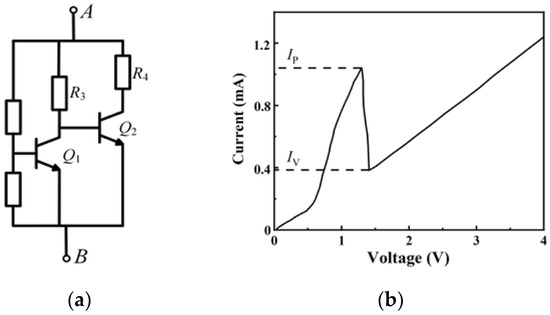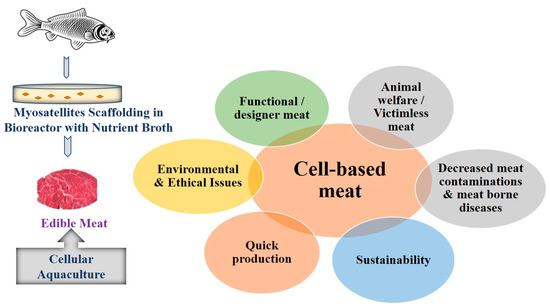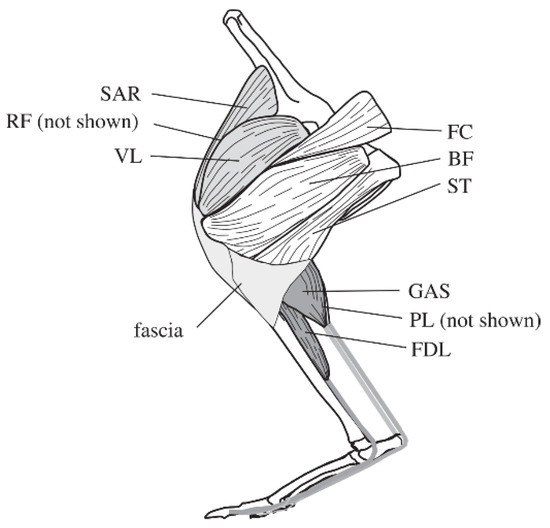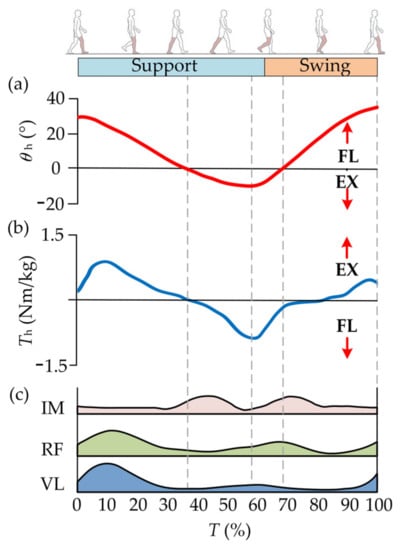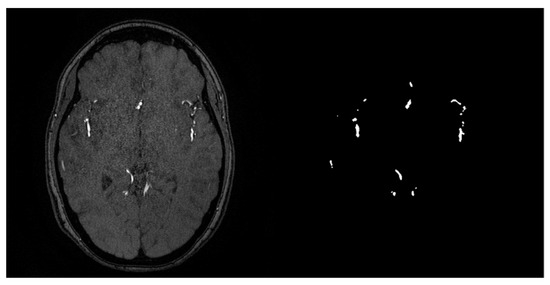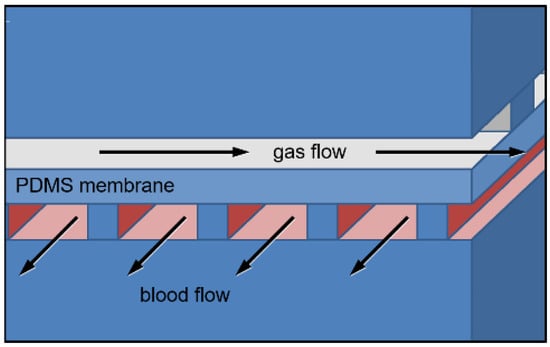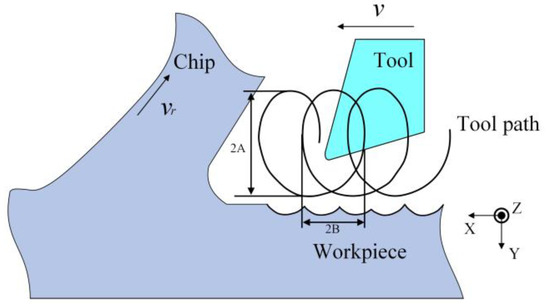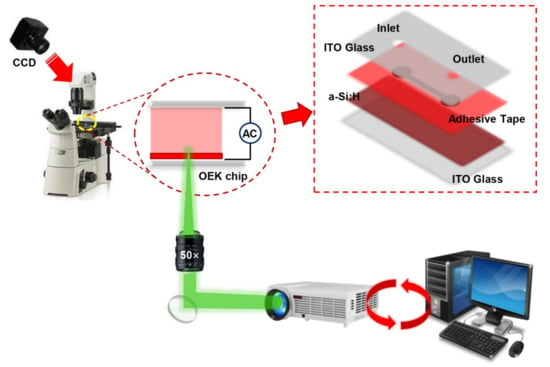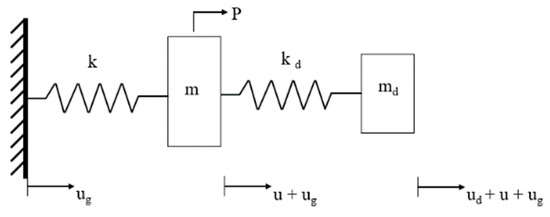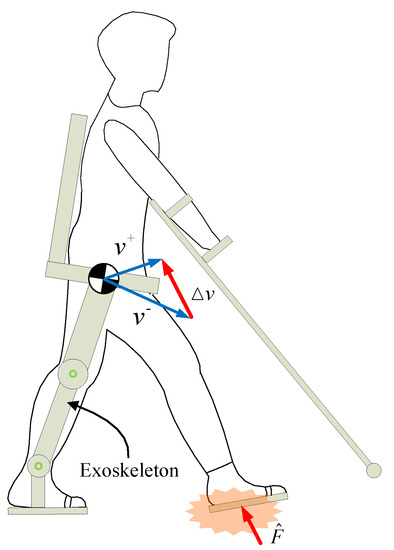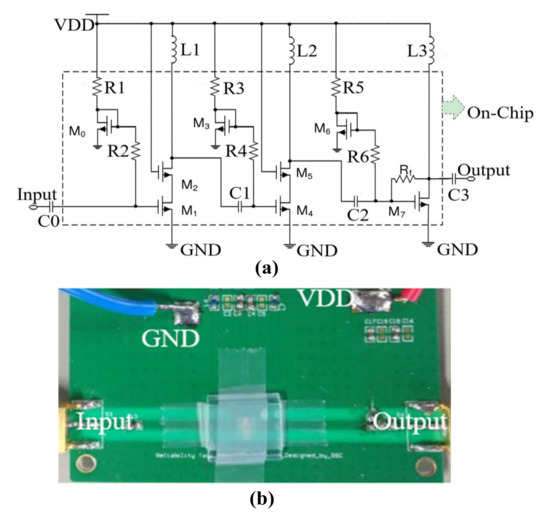Micromachines 2022, 13(6), 829; https://doi.org/10.3390/mi13060829 - 26 May 2022
Viewed by 2091
Abstract
Due to the high manufacturing cost of memristors, an equivalent emulator has been employed as one of the mainstream approaches of memristor research. A threshold-type memristor emulator based on negative differential resistance (NDR) characteristics is proposed, with the core part being the R-HBT
[...] Read more.
Due to the high manufacturing cost of memristors, an equivalent emulator has been employed as one of the mainstream approaches of memristor research. A threshold-type memristor emulator based on negative differential resistance (NDR) characteristics is proposed, with the core part being the R-HBT network composed of transistors. The advantage of the NDR-based memristor emulator is the controllable threshold, where the state of the memristor can be changed by setting the control voltage, which makes the memristor circuit design more flexible. The operation frequency of the memristor emulator is about 250 kHz. The experimental results prove the feasibility and correctness of the threshold-controllable memristor emulator circuit.
Full article
(This article belongs to the Special Issue Novel Computing Architectures and Digital Circuit Designs Using Memristors and Memristive Systems)
►
Show Figures
